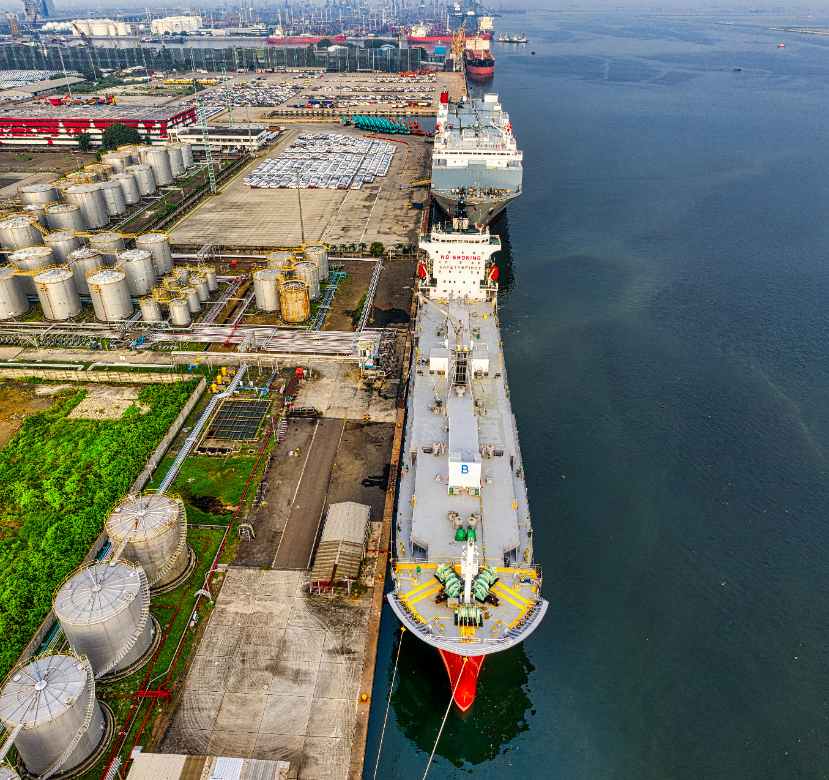I’ve analyzed the recent OPEC+ decision and its market impact. Let me break down what’s happening in the oil markets in simple terms, while keeping all the essential details.
Oil Markets Rattled as OPEC+ Speeds Up Production Increases
OPEC+ has approved a second consecutive monthly output increase of 411,000 barrels per day (bpd) for June, bringing total production hikes to 960,000 bpd across April–June. This represents unwinding about 44% of cuts implemented since 2022. The markets reacted with WTI crude falling about 2.7% to $56.74/bbl and Brent dropping around 2.4% to $59.84/bbl, marking the sharpest April price decline since 2021.
The front-six-month Brent spread has narrowed to just $0.10, briefly flipping to contango—a market condition where future prices are higher than spot prices—signaling the weakest market structure since December 2023.
What’s Driving These Decisions?
Saudi Arabia appears to be pushing for faster unwinding of production cuts partly to “penalize” members with poor compliance records, including Iraq and Kazakhstan, while also challenging U.S. shale producers. If production quotas aren’t properly met, analysts suggest the full unwinding of cuts could happen by October, with current compliance sitting near five-year lows. Additionally, Saudi Arabia’s simultaneous tripling of output and price cuts for May Asian buyers underscores its dual strategy.
Demand Worries Mounting
Market concerns are intensifying as U.S. tariffs on Chinese goods weigh on global economic activity. The International Energy Agency (IEA) has reduced its 2025 oil demand growth forecast to 730,000 bpd from the previous 1.03 million bpd. Recession risks in both the U.S. and Europe are further undercutting consumption forecasts.
Banks Slashing Price Forecasts
Major financial institutions are revising their outlooks downward:
- Barclays has cut its Brent forecast for 2025 to $66 /bbl and for 2026 to $60 /bbl.
- ING has reduced its 2025 Brent outlook to $65 /bbl from $70 /bbl.
- Goldman Sachs has lowered its U.S. crude forecast to $56 /bbl for 2025.
Similar Posts
Important Market Gaps to Consider
Several key factors are missing from typical market coverage:
- U.S. inventory data from the EIA Weekly Petroleum Status Report confirms the supply overhang behind the current contango market structure.
- U.S. rig count and shale breakeven costs show how production economics are shifting, with slowdown prospects as breakevens rise. In the Permian, half-cycle breakevens have climbed to around $62 /bbl.
- China and India demand patterns could potentially offset Western economic slowdowns.
- U.S. Strategic Petroleum Reserve (SPR) decisions have significant impacts on global supply balances.
- Refining margins and throughput rates influence crude demand, with margins showing weakness in late Q1 2025.
Expert Voices on Market Direction
“In view of the current healthy market fundamentals… the eight participating countries will implement a production adjustment of 411 kbd in June 2025,” stated OPEC in its official release.
“Recent trade-related dynamics have introduced higher uncertainty,” noted the IEA Monthly Report, explaining its decision to trim 2025 demand growth forecasts.
“Global oil markets to remain oversupplied into 2H 2025; U.S. production growth tapering,” according to the EIA Short-Term Energy Outlook from April 10, 2025.
“Permian’s half-cycle breakevens have risen to $62/bbl, limiting further growth,” reported Reuters Breakingviews on the Permian slowdown.
“Net debt for Exxon, Chevron, Shell, BP, Total rose by ~$24 bn in Q1 2025 despite weak prices,” according to Reuters analysis of Big Oil financials.
Market Balance Shifting
The rapid unwinding of OPEC+ production cuts has created a tug-of-war between fears of oversupply and hopes for demand recovery. With major forecasters adjusting expectations downward and banks cutting price targets, the oil market faces significant pressures heading into the second half of 2025.
Technical indicators like the shift toward contango pricing suggest traders are increasingly concerned about near-term oversupply. Meanwhile, rising production costs in key regions like the Permian Basin could naturally limit U.S. output growth at current price levels.
The coming months will reveal whether OPEC+’s strategy of accelerated production increases will stabilize or further destabilize global oil markets amid challenging economic conditions.

















